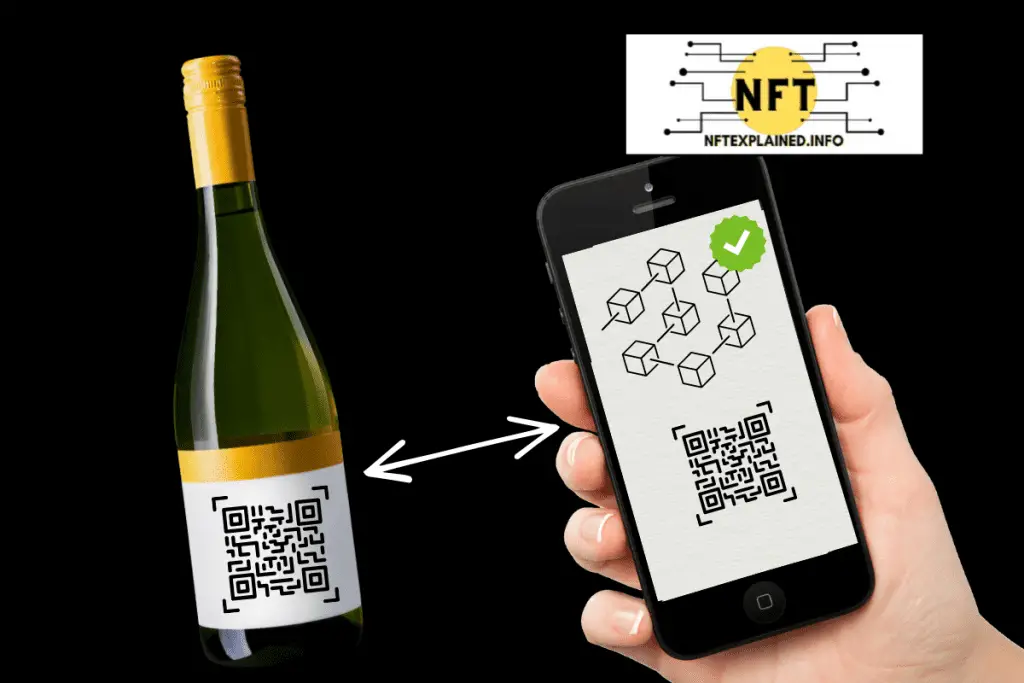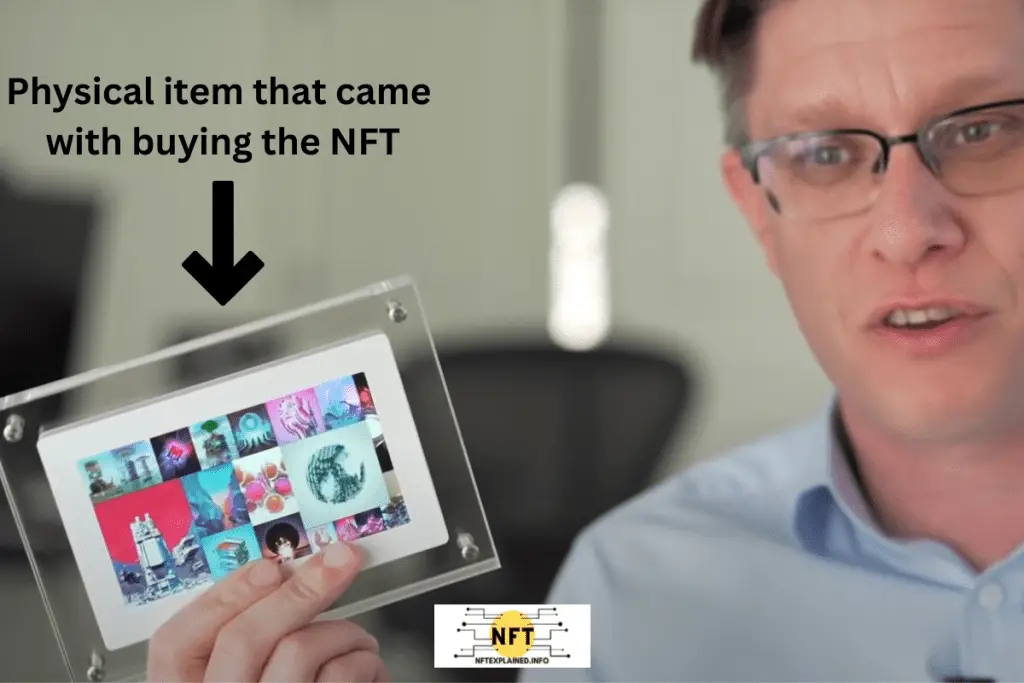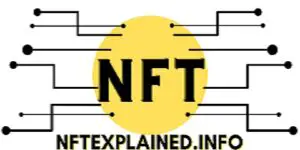
NFTs or non-fungible tokens are unique one-of-one digital assets that can be verified to a single owner via blockchain technology. As of recently, more NFTs have been created with a physical component – or real world items – that allows for the proof of authentication (via scannable QR codes & NFC).
There are two aspects to physical NFTs. The first is the utility aspect – meaning the owner of an NFT receives a physical item for purchasing an NFT. The second is by attaching a QR code or NFC (of an NFT) to a physical item; this brings you to the location of the NFT on-chain and proves authenticity.
Now our team will explain scenario one in more detail by looking at an example from a leading digital artist.
Beeple – one of the pioneers in the space who famously sold an NFT for US $69 million released an NFT that provided unique utility for buyers; this utility was unique in the sense that the purchasers received a physical item (in addition to the digital asset they purchased).

The second way is by attaching a QR code or an Near Field Communication (NFC) tag to a physical item. Scanning a QR code of an NFT will take you to the location of the NFT on the blockchain – allowing you to authenticate if the item is legit by verifying the token ID and the provenance of the item.
Provenance shows the previous transaction history or list of previous owners for a given item. If you would like to learn more about provenance and this unique feature that NFTs’ possess, you can find that article here.
NFC tags are great for quick exchanges of digitized information and are the reason why phones can simply tap a reader and pay for something. NFCs can be put in physical items like shirts, and when scanned, they have the ability to show you the unique location of the NFT on the blockchain (similar in functionality to a QR code).
French fashion house AZ Factory has already implemented NFC tags into shirts that allow users to view exclusive information in addition to claiming a unique NFT.
Being able to see the location of an NFT on the blockchain provides a new capability for verifying and authenticating items. Famous pieces of artwork will likely be sold as an NFT with the physical work having a QR code or NFC to help distinguish the official item from fakes.
In this day in age, fakes are becoming increasingly well put together – making it almost impossible to distinguish if the piece was created by a famous artist. Having this basic level of augmented reality combined with blockchain technology provides a new, inexpensive and easy way for authenticating items.
People are becoming increasingly familiar with a ‘phygital’ world; phygital is defined as the combination of physical and digital experiences. This could be as simple as scanning the QR code to see the menu at a restaurant – a process most are familiar with and the adoption of which was expedited with the COVID-19 pandemic.
With more items becoming phygital coupled with the blockchains’ ability to remove intermediaries, users now have the ability to interact with a trustless network that allows them to verify items. A process that has been made possible via smart contracts.
Before blockchain technology and NFTs’ ability to provide provenance, purchasers of alternative investments like fine art and rare metals would have to professionally verify items by a third party to ensure they were not purchasing a fraudulent item.
Being able to scan an NFC or QR code of an NFT to verify authenticity by looking at the unique token ID and provenance of the item is something that is likely to become increasingly popular – especially in markets where third parties are paid to verify legitimacy.
If you found our content helpful please consider following our team on Instagram, Twitter & TikTok! As well as subscribe to our YouTube!
Additionally, please consider supporting our team’s content creation through doing business with our partners: Trade stocks & crypto on Webull – get 2 free stocks. Buy a Ledger hardware wallet. U.S. users can get a crypto trading discount on Binance!

